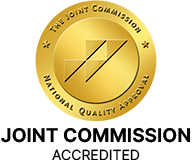Opioid addiction poses a grave threat to public health in New Jersey, demanding focused efforts to overcome its life-threatening consequences.
In 2021, around 75% of overdose deaths in New Jersey involved the abuse of at least one opioid. In 2023, the estimated number of opioid-related deaths across New Jersey counties was over 2,560.
Despite its potentially fatal side effects, opioid use disorder can be treated if approached professionally.
In today’s guide, we’ll share insights into the causes, symptoms, and outcomes of opioid addiction to help you understand this critical condition. We’ll then explain the available opioid addiction treatment options to start you on the recovery track.
Table of Contents
What Are Opioids?
Opioids are a group of drugs classified as analgesics, meaning substances that have a pain-relieving action.
However, the potency and high addictiveness of these drugs often result in complications during treatment, which is why the CDC (Center for Disease Control and Prevention) has set strict guidelines for their prescription when treating chronic pain.
The strong effects of opioids have resulted in the presence of both legal medications and illicit substances under its umbrella.
That said, all opioids are controlled substances, and they range in classification according to whether or not they’ve been approved for medical purposes, the likelihood of misuse, and the potential of developing an addiction.
Schedule I opioids aren’t authorized for any medical use and possess the highest addiction potential, with heroin being the most common example.
Schedule II opioids –such as fentanyl, codeine, and morphine– are approved for medical use, but they’re still highly addictive so their administration is strictly regulated.
As for opioids of Schedule III, IV, and V, these are more freely used for medical purposes and have a low risk of developing a physiological dependence. For example, tramadol, codeine with aspirin or in cough medicines, and buprenorphine.
Why Makes Opioids Addictive?
Opioid addiction, also referred to as OUD (opioid use disorder), is a common chronic condition in the USA that stems from abusing one or multiple opioid drugs by taking them repeatedly in increasing doses.
That happens due to a phenomenon known as tolerance.
When a person consumes an opioid for longer than the indicated period, in higher amounts than intended, or in a prohibited potency, the brain/body gets used to the drug’s presence.
Since opioids work by alleviating pain sensation, their elevated levels condition the body to reduce its production of the natural pain relievers – endorphins.
The body then gets used to the dose of the external pain reliever, represented by the opioid drug, and becomes tolerant to its effects.
As a result, the drug no longer elicits the same level of pain relief, pushing the user to increase the dose or take the drug more frequently to achieve the same “high”.
Consequently, this tolerance leads to dependence, which develops into addiction as the body’s once-natural function becomes reliant on the opioid substance.
Opioid Withdrawal Symptoms
From this point on, the patient will suffer from withdrawal symptoms if they try to reduce the drug’s dose or stop using it. To avoid the pain and discomfort of withdrawal, the patient is forced to continue their opioid abuse.
Opioid withdrawal symptoms range from early mild ones to late severe ones, which include:
- Anxiety
- Agitation
- Insomnia
- Tearing more often
- Runny nose
- Muscle aches
- Yawning more often
- Increased sweating
- Recurring goosebumps
- Abdominal cramps
- Nausea and vomiting
- Diarrhea
- Dilated pupils
- Tremors
- Lack of appetite
The onset of opioid withdrawal symptoms and their duration depends on the type of opioid drug the patient is taking, how long they’ve been using it, and how much they’re taking.
What Are the Effects of Opioid Addiction?
Opioid addiction is a serious problem with potentially fatal consequences.
The long-term use of opioids can lead to cardiovascular disorders, liver damage, kidney damage, and severe cognitive impairment. It can also trigger mental illness or worsen the symptoms of already existing ones.
Additionally, as these drugs reduce the activity of the respiratory system, opioid overdose can result in coma, respiratory failure, and death.
What Causes Opioid Addiction?
Pinpointing the exact cause for developing an opioid addiction can be challenging as the trigger is usually a combination of different reasons, ranging from psychological to physical to environmental.
Here’s an overview of possible opioid addiction causes:
- Improper use of prescriptions by taking a higher dose or exceeding the specified period.
- Having a family or personal history of drug abuse, violence, or mental illness.
- Attempting to self-medicate using opioids and lack of medical supervision.
- Experiencing loss, physical/psychological abuse, or other traumatic events.
- Exposure to drugs at an early age.
- Having access to prescription opioids through others.
- Social factors, such as low self-esteem, stress, poverty, and unemployment.
What Does Opioid Addiction Look Like?
The symptoms and signs of opioid addiction can be physical and psychological/behavioral. Here’s what you need to look out for when trying to identify individuals suffering from opioid use disorder:
- Excessive fatigue
- Insomnia
- Drowsiness
- Inability to focus
- Hazy memory
- Mood swings
- Irritability
- Impaired memory
- Poor coordination
- Suffering from uncomfortable and painful withdrawal symptoms when trying to stop or use less of the drug.
- Anxiety and depression
- Difficulty in breathing
- Significant weight loss
- Poor personal hygiene
- Blurry vision
- Slurred speech
- Social withdrawal and isolation
- Neglecting commitments and losing interest in hobbies
- Secretive and suspicious actions
Opioid Addiction Treatment Options
Treating opioid addiction typically calls for using a combination of methods, including different rehab programs and therapy treatments, to ensure long-term recovery. In this section, we’ll explore the most effective treatment methods available.
Drug Detox
Opioid detoxification involves gradually decreasing the dose of the drug until the patient is no longer taking it. This is the primary step of opioid addiction treatment, aiming to get the body to function effectively once again without relying on the drug.
In this program, medications such as methadone, naltrexone, buprenorphine, and clonidine are often administered to help ease the withdrawal symptoms.
The duration of opioid detox ranges from a few days to a few weeks depending on the type of substance abused and the severity of the addiction.
Partial Hospitalization Program
PHPs or partial care programs are midway between inpatient/residential and outpatient programs. They involve attending treatment and therapy sessions during the day, but the patient leaves for their home afterward or goes about their normal life.
Intensive Outpatient Program and Outpatient Treatment Program
In IOP and outpatient programs, patients attend therapy sessions (including individual and group therapy) during the week at the rehab center. However, they live at home and normally manage their everyday responsibilities.
The difference between IOP and outpatient programs is the frequency of the therapy sessions.
Therapy Treatments
To work on the root of the addiction problem and prevent the occurrence of relapse, various types of therapies are implemented in patients’ recovery plans.
Cognitive Behavioral Therapy
CBT is a widely used therapy that focuses on relaying feelings and thoughts with behaviors.
It aims to teach patients how to identify negative thought patterns that lead to emotional distress and problematic behaviors. They can then work on replacing the destructive patterns with positive ones.
Dialectical Behavioral Therapy
DBT is a type of CBT that deals with mindfulness and emotional regulation by identifying triggers and creating coping patterns. This helps patients better control impulses that lead to relapse.
Individual Counseling
This consists of one-on-one sessions that dive deep into the core reason for the addiction. Patients are encouraged to open up and talk about their feelings and thoughts in a safe space.
Group Therapy
In these sessions, a group of patients are present and they’re encouraged to share their experiences and emotions.
The goal is to provide the patient with a supportive community where they can feel a sense of belonging, composed of individuals to whom they can relate.
Couples and Family Therapy
Addiction puts a strain on relationships in the patient’s social circles, including relationships with significant others and with family members.
Couples and family therapy is designed to mend these relationships by facilitating communication channels between individuals and addressing their concerns. This is crucial for creating a support system that doesn’t trigger or enable destructive patterns.
Conclusion: Overcoming Opioid Addiction
Winning the battle against opioid addiction isn’t easy, especially with the associated withdrawal symptoms, but it’s possible. Seeking professional help is the best way to ensure patients’ safety and commitment while on the path to recovery.
If you or your loved one is suffering from opioid use disorder, please reach out to our team at Garden State Treatment Center. We’ll provide effective opioid addiction treatment to help you achieve a healthy, drug-free future.
Contact us today to learn more about Opioid addiction treatment near you.
References
- https://www.cdc.gov/injury/budget/policystatesnapshots/NewJersey.html
- https://www.njoag.gov/programs/nj-cares/nj-cares-data-by-county/
- https://www.ncbi.nlm.nih.gov/books/NBK459161/
- https://www.ncbi.nlm.nih.gov/books/NBK459161/
- https://pubmed.ncbi.nlm.nih.gov/26141334/
- https://www.ncbi.nlm.nih.gov/pmc/articles/PMC5726238/
- https://americanaddictioncenters.org/opiates/controlled-substances
- https://www.health.harvard.edu/mind-and-mood/endorphins-the-brains-natural-pain-reliever
- https://medlineplus.gov/ency/article/000949.htm



